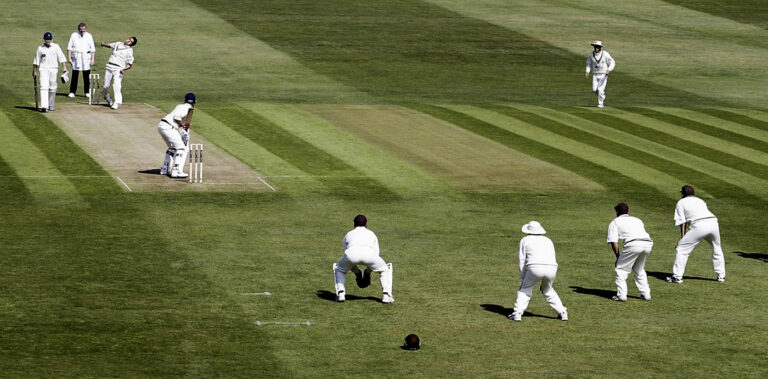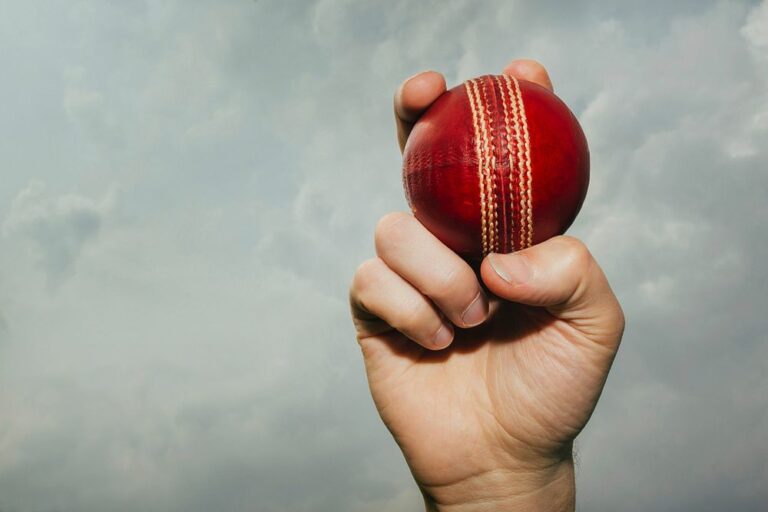Innovations in Cricket Fielding Techniques
11xplay com, gold365, skyfairs:Cricket has evolved significantly over the years, with innovations not only in batting and bowling techniques but also in fielding strategies. Fielding, which was once seen as just a support role in the game, has now become a critical aspect that can make or break a match. Teams are constantly looking for new ways to improve their fielding techniques to gain the upper hand in a game.
Fielding in cricket requires agility, speed, and precision. Players need to be able to anticipate where the ball will be hit and react quickly to stop runs or take catches. Over the years, various fielding techniques have been developed to enhance a team’s performance on the field. Let’s take a look at some of the most innovative fielding techniques that have emerged in the world of cricket.
1. Close catching
Close catching is a technique where fielders stand close to the batsman to catch balls that are hit in the air. This technique requires quick reflexes and excellent hand-eye coordination. Fielders need to be prepared to react instantly when the batsman hits the ball, as they have very little time to make a catch. Close catching is crucial in Test matches, where every wicket counts, and fielders need to be sharp and focused at all times.
2. Sliding stops
Sliding stops are a modern fielding technique that has become increasingly popular in limited-overs cricket. Fielders slide on the ground to stop the ball quickly and prevent runs. This technique requires players to be agile and flexible, as they need to slide at high speeds without injuring themselves. Sliding stops can also help fielders cover more ground and stop balls that would have otherwise gone for boundaries.
3. Relay throws
Relay throws involve multiple fielders working together to get the ball back to the wicketkeeper or bowler quickly. This technique is often used when a fielder is far from the stumps and needs to get the ball back to prevent the batsmen from taking extra runs. Relay throws require excellent communication between fielders, as they need to coordinate their movements and throws to ensure the ball reaches its target in time.
4. Diving saves
Diving saves are another key fielding technique that can turn a match in a team’s favor. Fielders dive to stop the ball from reaching the boundary or to take catches that would otherwise be out of reach. Diving saves require bravery and commitment, as fielders need to throw themselves at the ball without fear of injury. A well-timed dive can make all the difference in saving runs or taking a crucial wicket.
5. Boundary fielding
Boundary fielding is a specialized fielding position where fielders patrol the boundary to prevent fours and sixes. Boundary fielders need to have strong throwing arms and quick reflexes to stop runs and take catches near the boundary. This fielding technique is crucial in limited-overs cricket, where boundaries can change the momentum of a game quickly.
6. Backward point
Backward point is a fielding position behind square on the off side. This position requires fielders to be quick on their feet and have good anticipation skills. Fielders at backward point are responsible for stopping cuts and drives that are hit behind square. This position is crucial in Test matches, where batsmen often play shots behind the wicket.
Innovations in fielding techniques have revolutionized the game of cricket, making it more exciting and competitive. Teams are constantly looking for ways to improve their fielding skills to outsmart their opponents and win matches. Whether it’s close catching, sliding stops, or relay throws, fielders play a critical role in a team’s success on the field.
FAQs
1. Are fielding techniques important in cricket?
Yes, fielding techniques are crucial in cricket as they can help teams save runs, take wickets, and change the course of a match. Good fielding can put pressure on the opposition and boost a team’s morale.
2. How can players improve their fielding skills?
Players can improve their fielding skills by practicing regularly, working on their agility and reflexes, and studying the techniques of top fielders. They can also benefit from strength and conditioning training to enhance their speed and flexibility.
3. What role does fielding play in limited-overs cricket?
Fielding plays a significant role in limited-overs cricket as every run counts in a short format game. Fielders need to be sharp and alert to prevent boundaries and take catches to restrict the opposition’s scoring.
4. How do innovations in fielding techniques impact the game of cricket?
Innovations in fielding techniques have made cricket more dynamic and challenging. Teams are constantly evolving their fielding strategies to stay ahead of the game and gain a competitive edge over their opponents.
In conclusion, fielding in cricket has come a long way from being just a supporting role to a game-changer. Innovations in fielding techniques have transformed the way teams approach the game, making it more competitive and exciting. With close catching, sliding stops, and diving saves, fielders play a crucial role in determining the outcome of a match. As the game continues to evolve, we can expect to see more innovative fielding techniques emerge, further enhancing the thrill of cricket.






